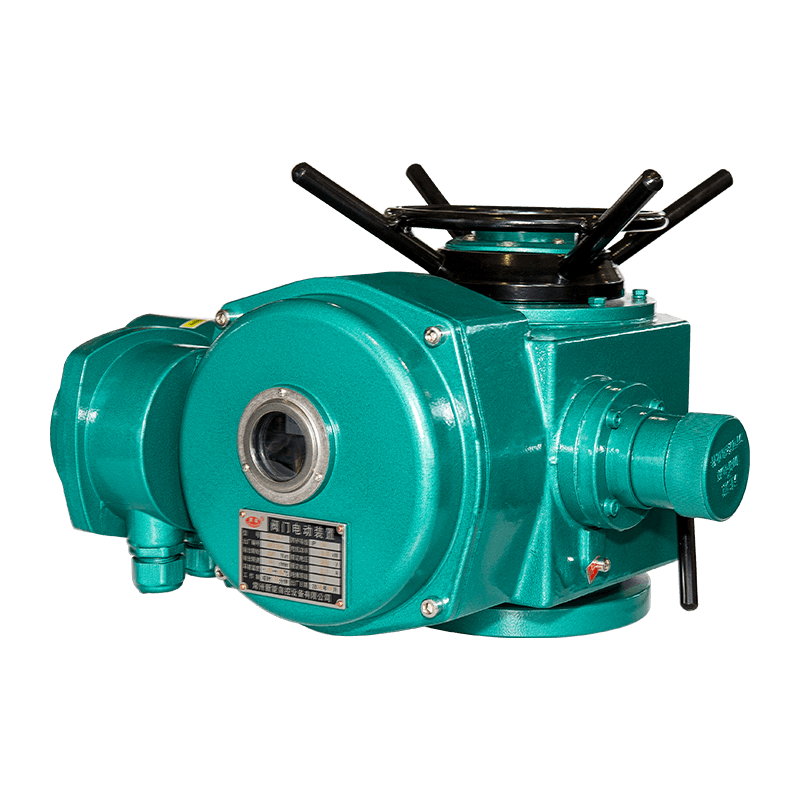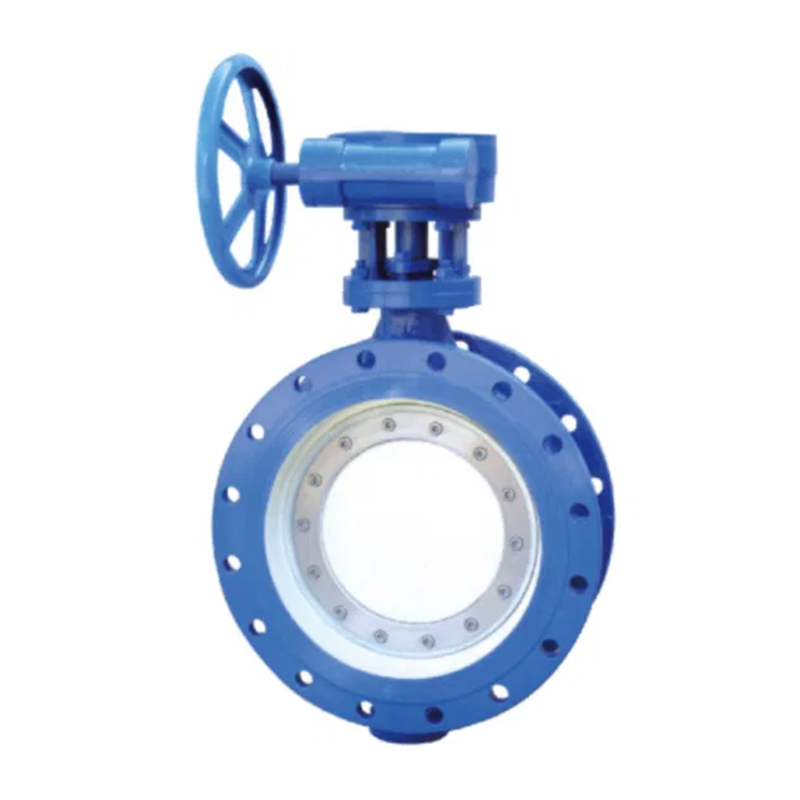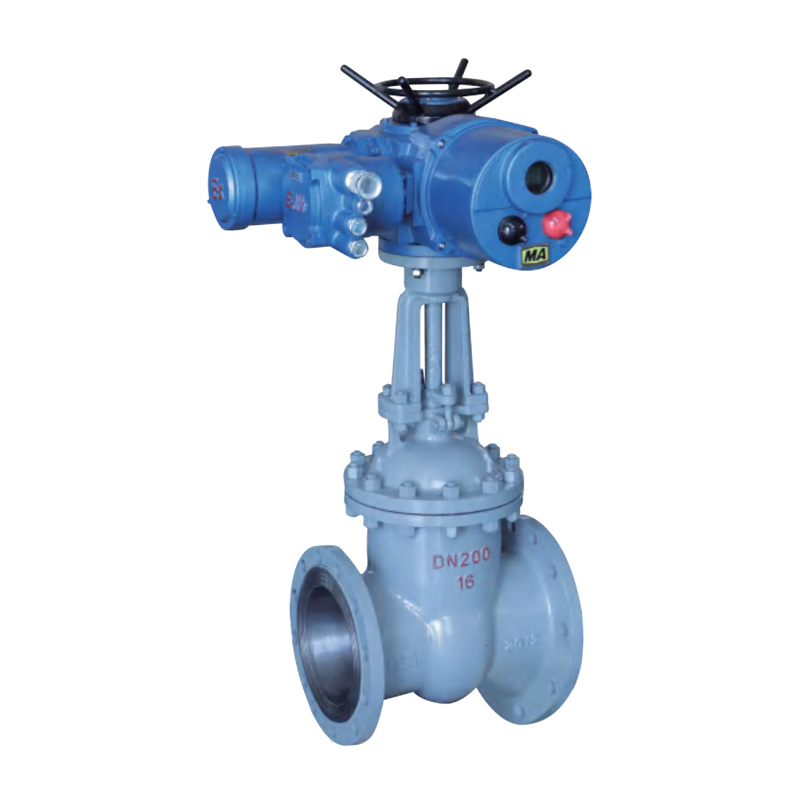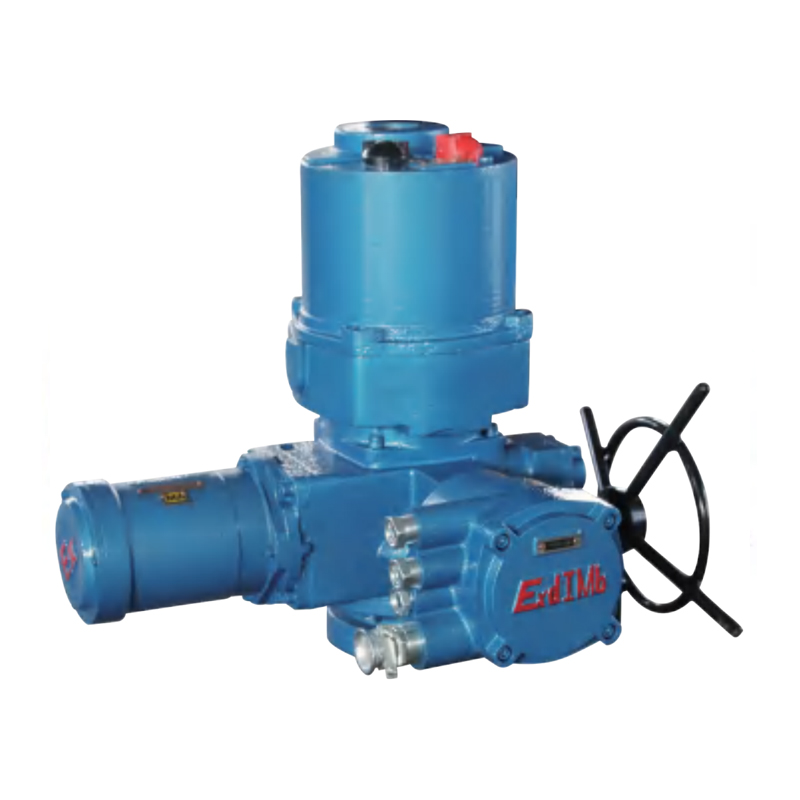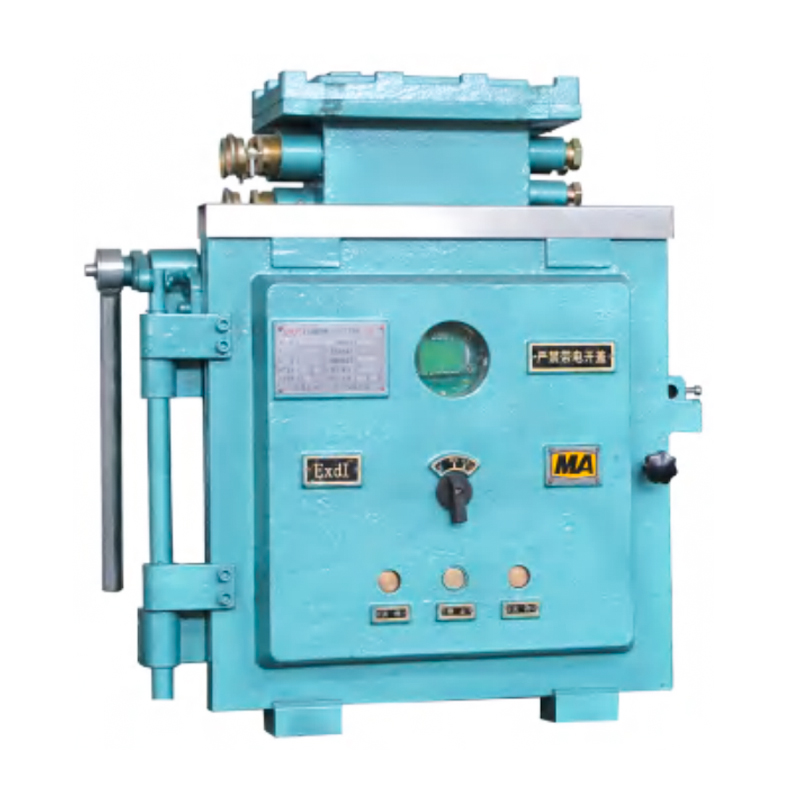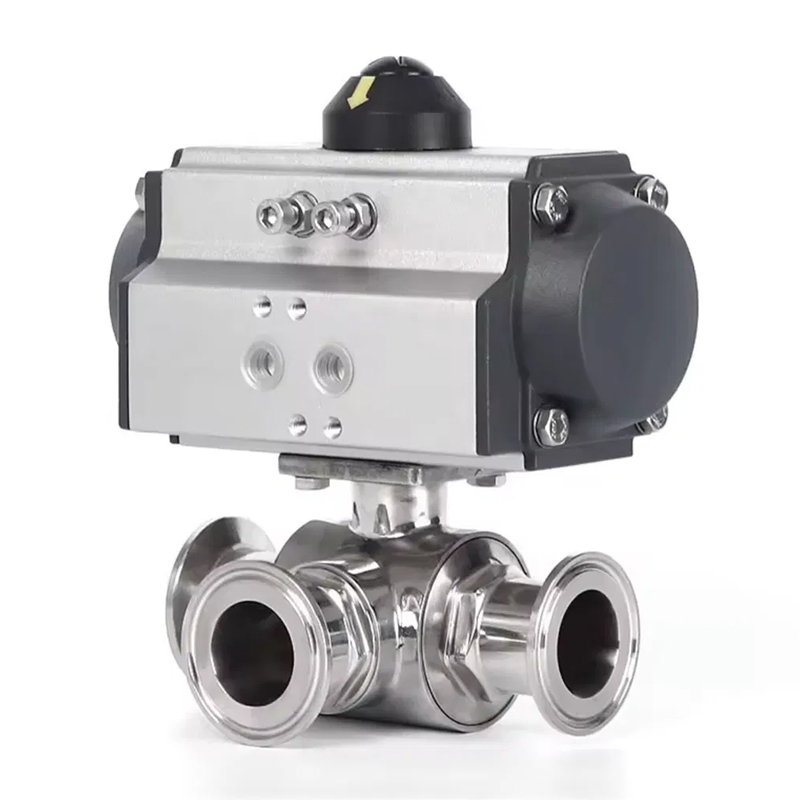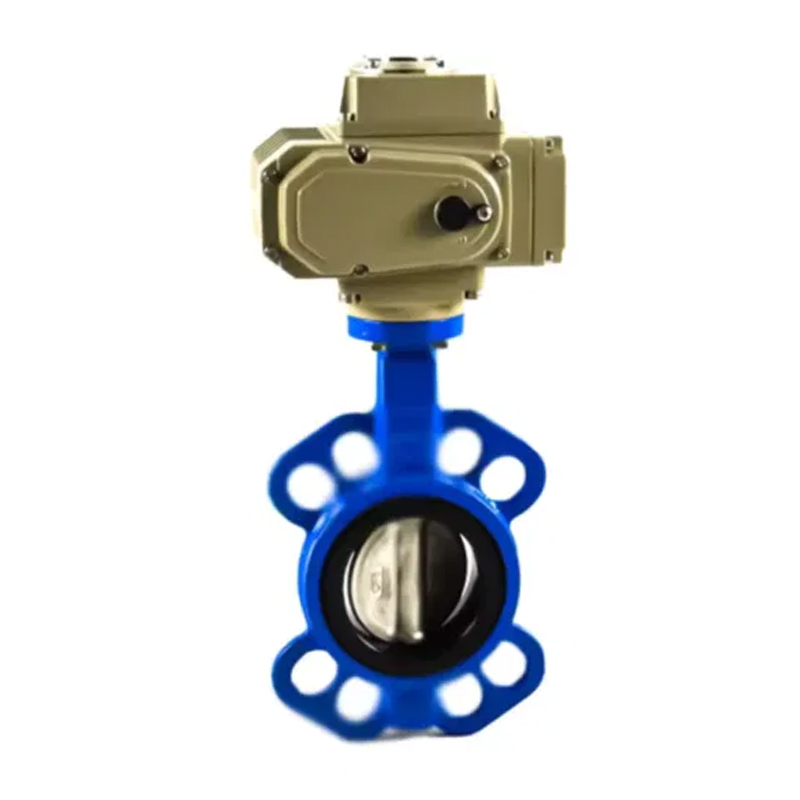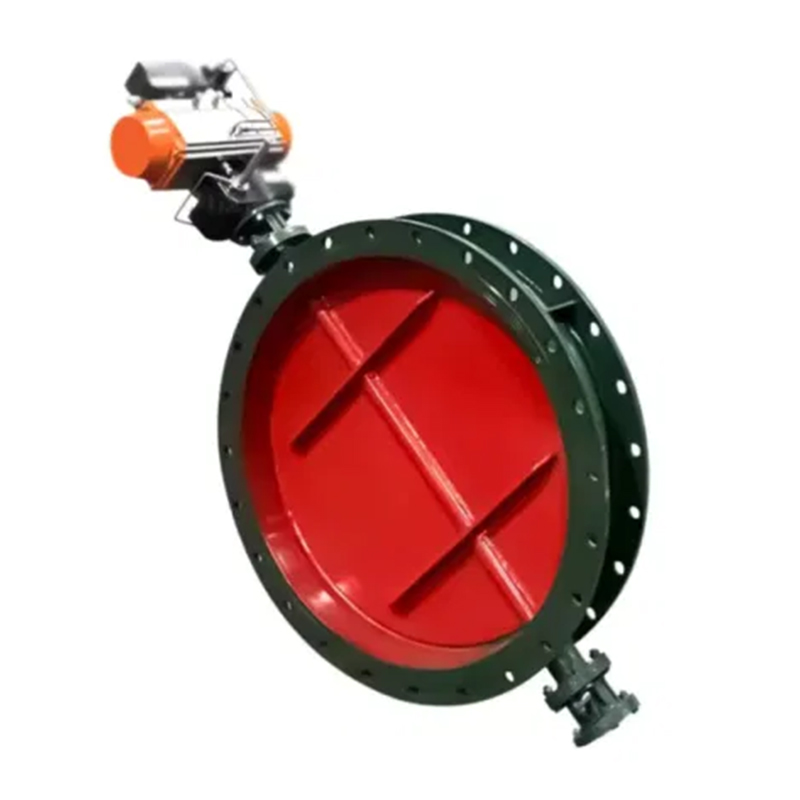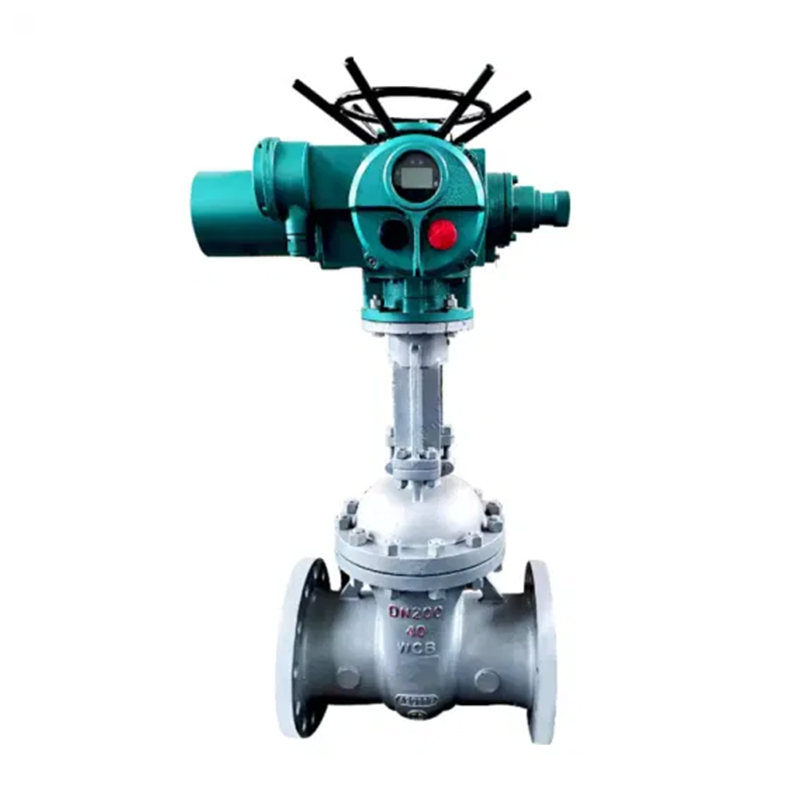0086 15335008985
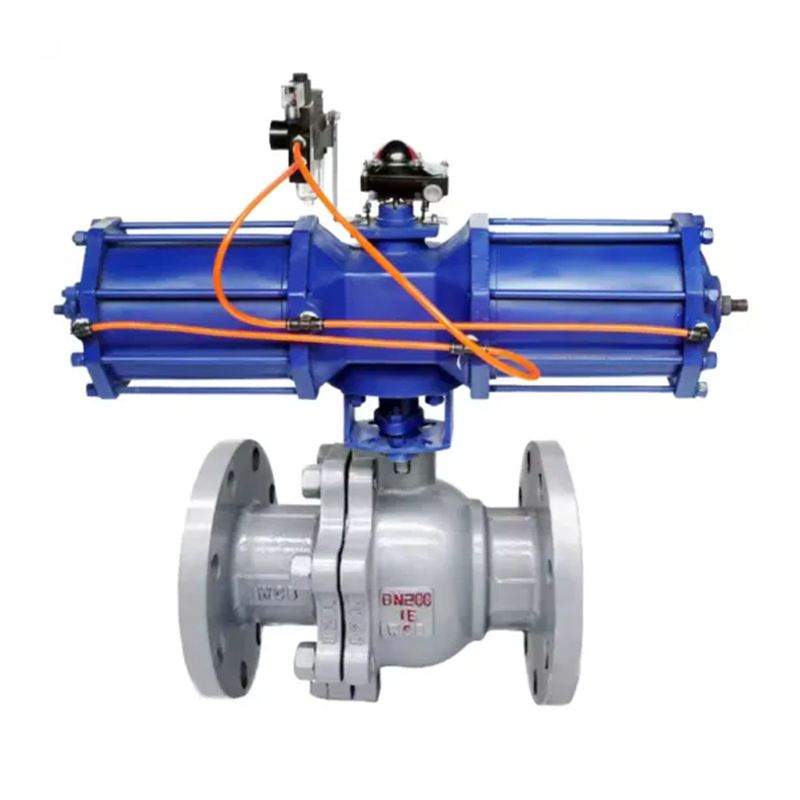
How can a scotch yoke pneumatic actuator achieve constant torque output and low friction operation through mechanical design?
In the field of industrial automation, pneumatic actuators are core components that convert compressed air energy into mechanical motion. The stability and efficiency of their performance directly determine the reliability of the entire control system. Traditional pneumatic actuators mostly use gear racks or cam structures. Although they can achieve linear or rotational motion, they often face problems such as large friction loss and uneven torque output. The scotch yoke pneumatic actuator combines the precision-machined scotch yoke track with the roller system through innovative mechanical design to build a nearly ideal force transmission path, which not only significantly reduces the motion resistance, but also achieves full stability of the output torque, providing an ideal solution for application scenarios that require high-precision and high-reliability rotational force.
The core innovation of the scotch yoke pneumatic actuator lies in its unique force transmission structure. In traditional actuators, the connection between the piston and the output shaft mostly relies on a sliding friction pair, such as the piston rod directly pushing the gear or cam. This design will generate significant friction during the movement, which will not only increase energy loss, but also affect the long-term life of the equipment due to friction and wear. The scotch fork pneumatic actuator converts sliding friction into rolling friction by introducing a combination of rollers and scotch fork tracks. When the compressed air pushes the piston to reciprocate, the roller rolls along the surface of the scotch fork track, and the relative motion of the contact surface changes from sliding to rolling, and the friction coefficient can be reduced to less than one-tenth of the sliding friction. This design not only reduces energy loss, but also greatly reduces the heat and wear generated by friction, so that the actuator can still maintain efficient operation under high-frequency and high-load conditions.
The curved surface design of the scotch fork track is the key to achieving constant torque output for the scotch fork pneumatic actuator. Traditional actuators often experience torque drop at both ends of the stroke. This is because when the piston moves to the extreme position, the force arm or angle of the transmission mechanism changes, causing the output torque to decay. The scotch fork track of the scotch fork pneumatic actuator adopts a nonlinear curved surface design, and its curvature radius is dynamically matched with the piston stroke. Specifically, the track surface is designed with a larger radius of curvature at the start and end of the piston stroke to compensate for the shortening of the force arm caused by the change in the piston position; while in the middle of the stroke, the radius of curvature gradually decreases to adapt to the change in the piston movement speed. This design uses precise calculation of geometric parameters to ensure that the force direction of the roller on the track and the torque direction of the output shaft always maintain the best match, thereby ensuring that the output torque fluctuates within ±5% throughout the entire stroke. For application scenarios that require stable rotational force, such as valve control and robot arm joint drive, this constant torque characteristic can avoid the decrease in control accuracy or mechanical vibration caused by torque fluctuations, significantly improving the overall performance of the system.
The low friction and constant torque characteristics of the scotch fork pneumatic actuator give it significant advantages in multiple industrial fields. In chemical process control, valves need to be opened and closed frequently and have extremely high requirements for torque stability. Traditional actuators may cause valve seal failure or actuator overload due to torque fluctuations, while scotch fork pneumatic actuators can ensure that the valve is evenly stressed throughout the entire stroke, extending equipment life and reducing maintenance costs. In food packaging machinery, high-speed robotic arms require precise torque control to achieve the accuracy of material grabbing and placement. The low-friction design of the scotch fork pneumatic actuator can reduce energy loss, and the constant torque characteristic ensures the consistency of the motion of the robotic arm under complex trajectories. In addition, in the manufacturing process of new energy equipment, such as the tension control of battery electrode coating machines, the scotch fork pneumatic actuator can avoid material stretching or wrinkling through stable torque output, thereby improving product quality.
From the perspective of mechanical design, the innovation of the scotch fork pneumatic actuator is not only reflected in structural optimization, but also in the deep integration of material science and processing technology. The scotch fork track and roller are usually made of high-strength alloy steel or engineering plastics, and the surface roughness is ensured to be less than Ra0.2μm through precision grinding and polishing processes to further reduce rolling friction resistance. The processing of the track surface requires the help of a five-axis linkage CNC machine tool, and the high-precision manufacturing of complex surfaces is achieved through the non-uniform rational B-spline (NURBS) curve fitting technology. This stringent requirement for materials and processes enables the scotch yoke pneumatic actuator to have higher environmental adaptability while improving performance, such as being able to maintain stable operation in high temperature, high humidity or corrosive media.
The scotch yoke pneumatic actuator perfectly combines the innovation of mechanical design with the practicality of engineering applications through the precision-machined scotch yoke track and roller system. Its low friction characteristics significantly reduce energy loss and wear, while the constant torque output solves the performance bottleneck of traditional actuators under complex working conditions. As industrial automation continues to increase its requirements for equipment accuracy and reliability, scotch yoke pneumatic actuators are becoming an indispensable core component in the field of high-end equipment manufacturing with their unique mechanical advantages. In the future, with the further development of materials science and intelligent manufacturing technology, the performance boundaries of scotch yoke pneumatic actuators are expected to be further expanded, providing more powerful power support for intelligent production in the era of Industry 4.0.




 русский
русский Español
Español
